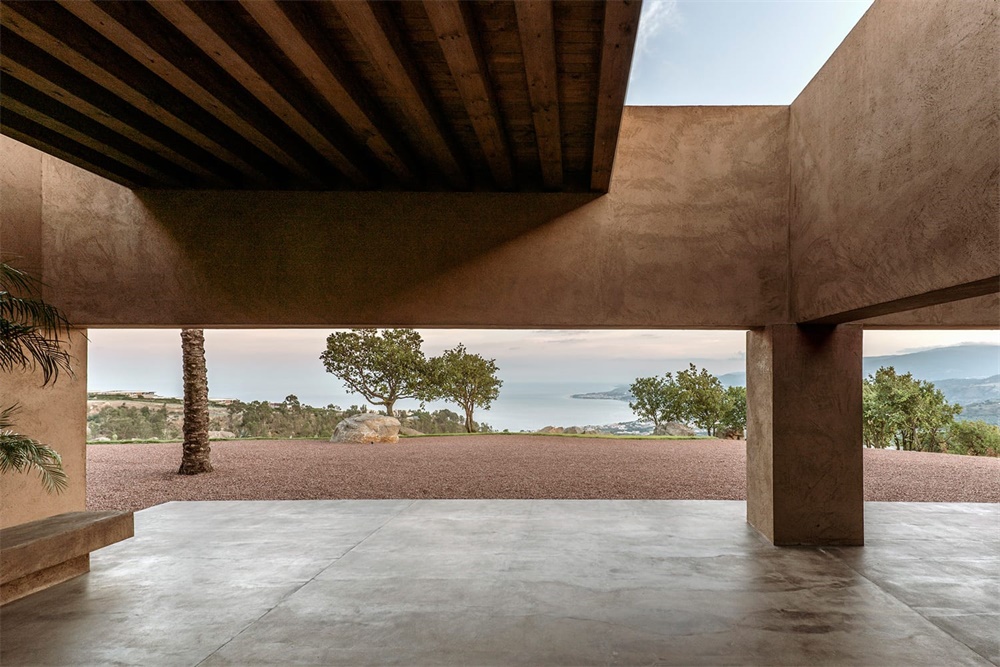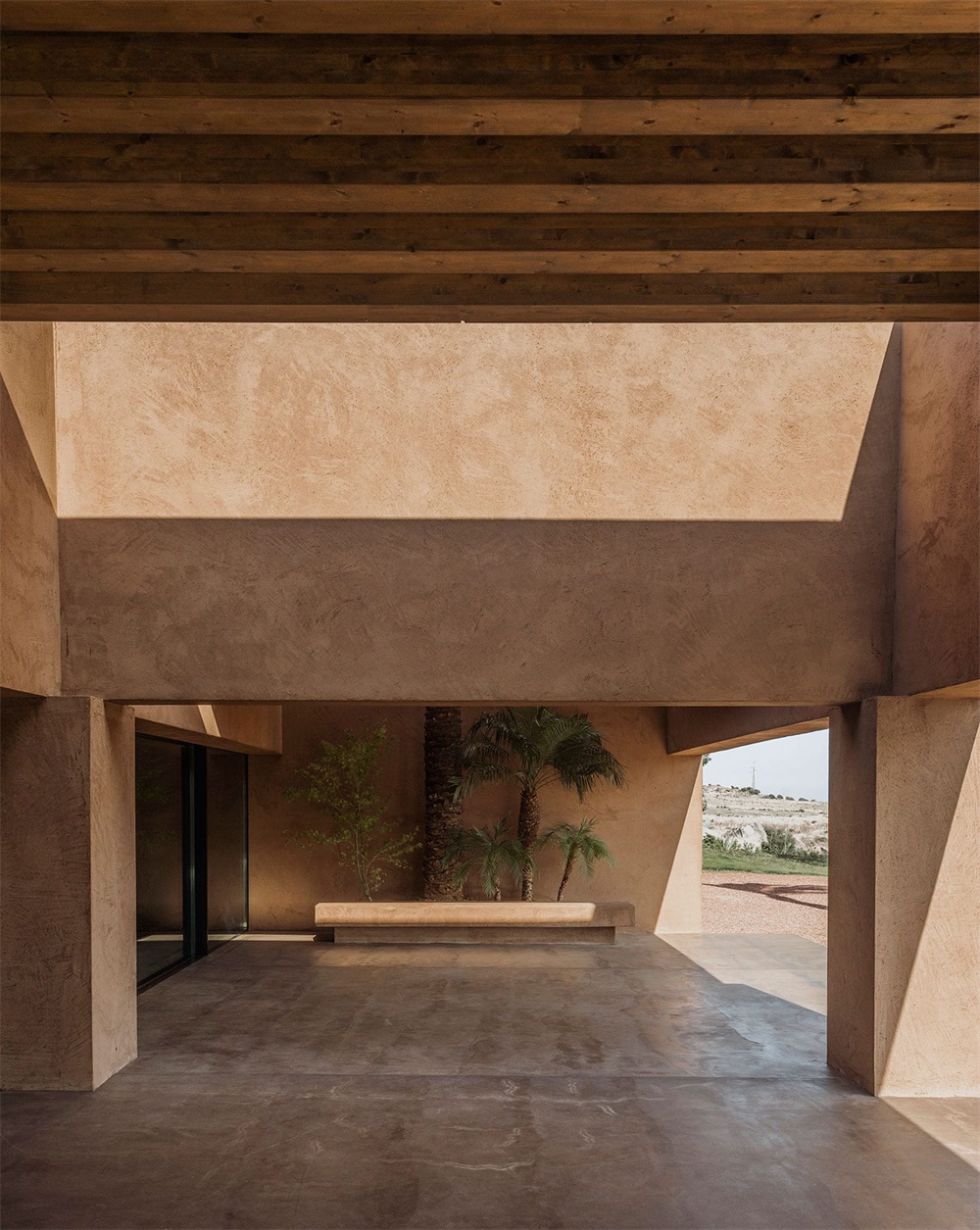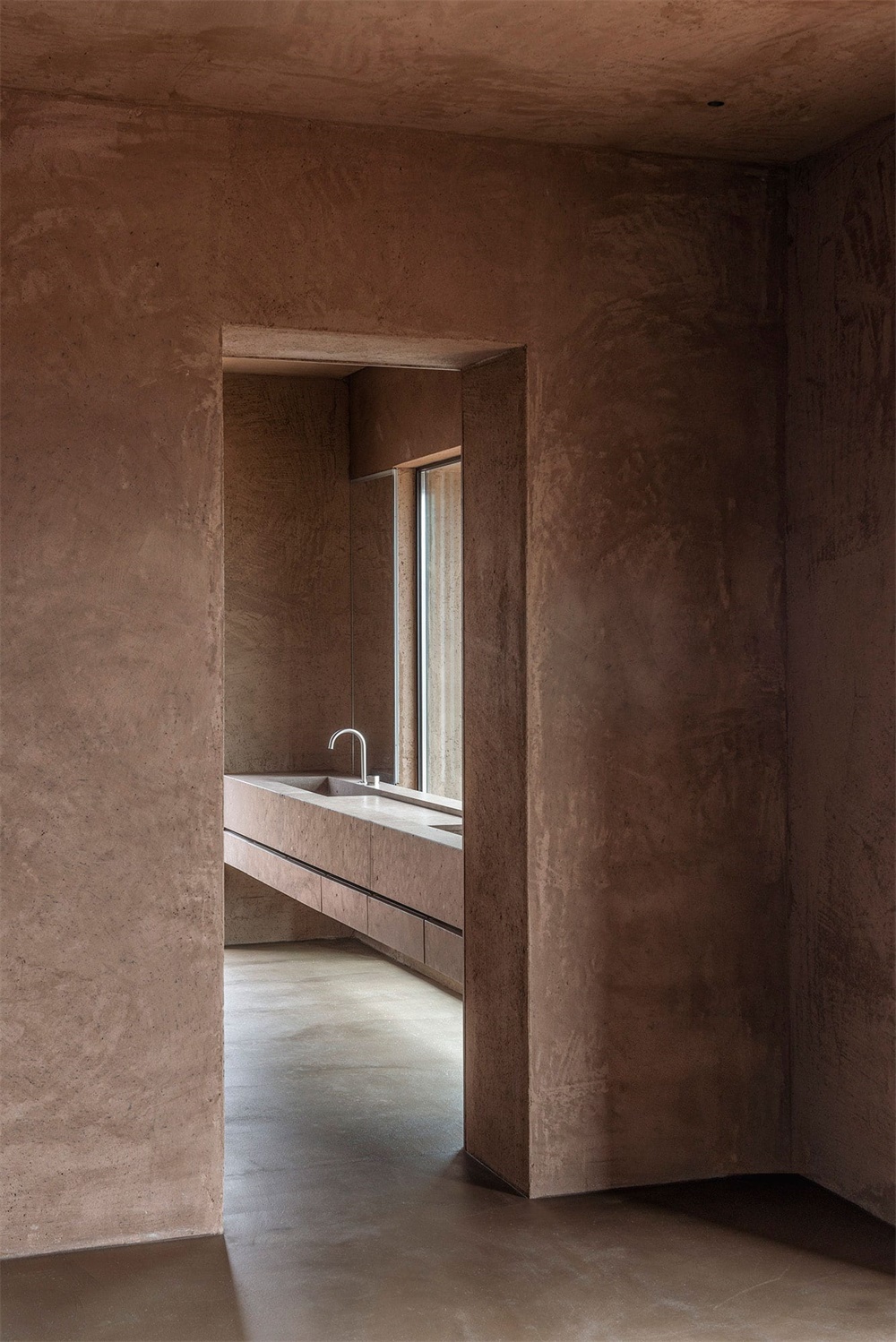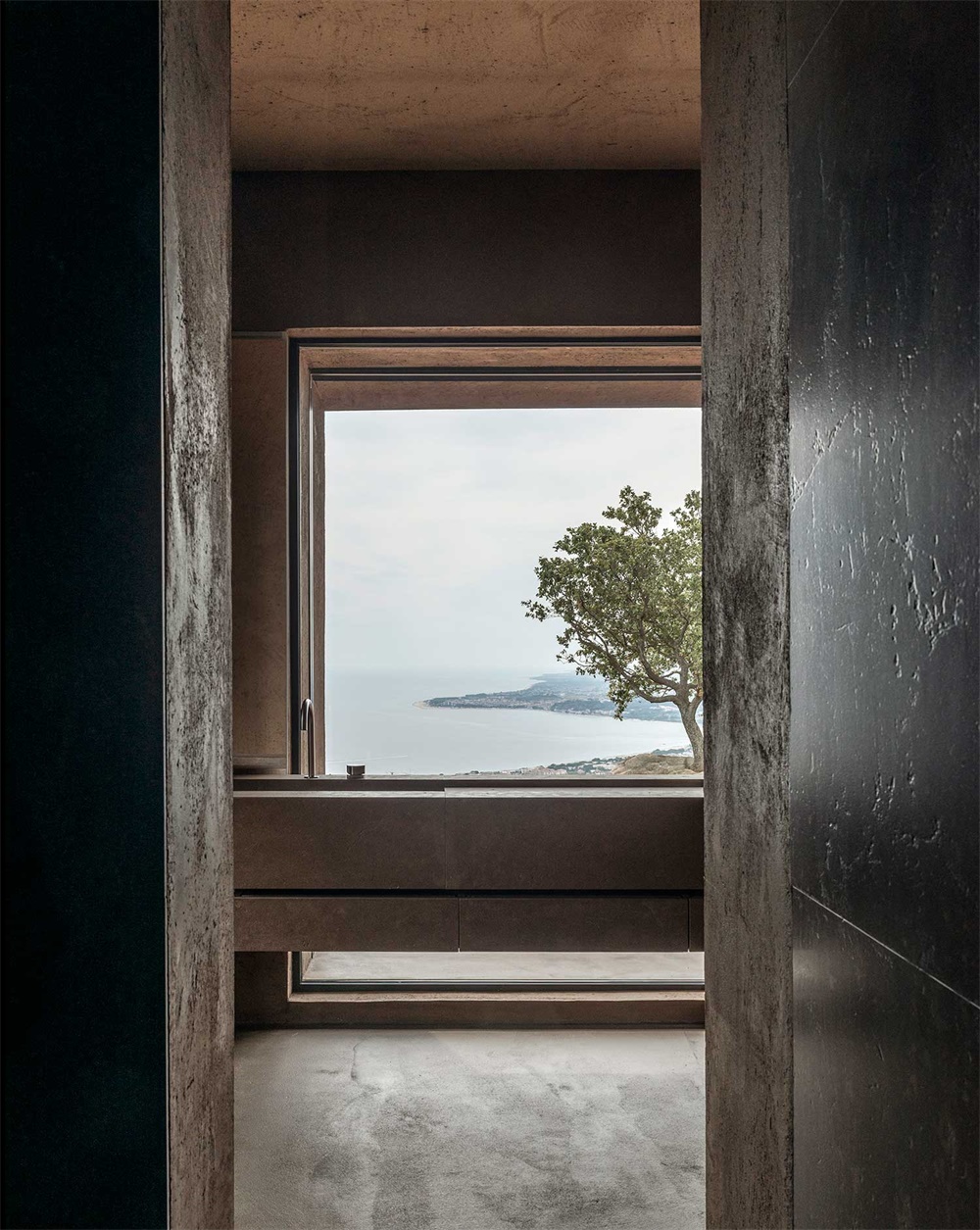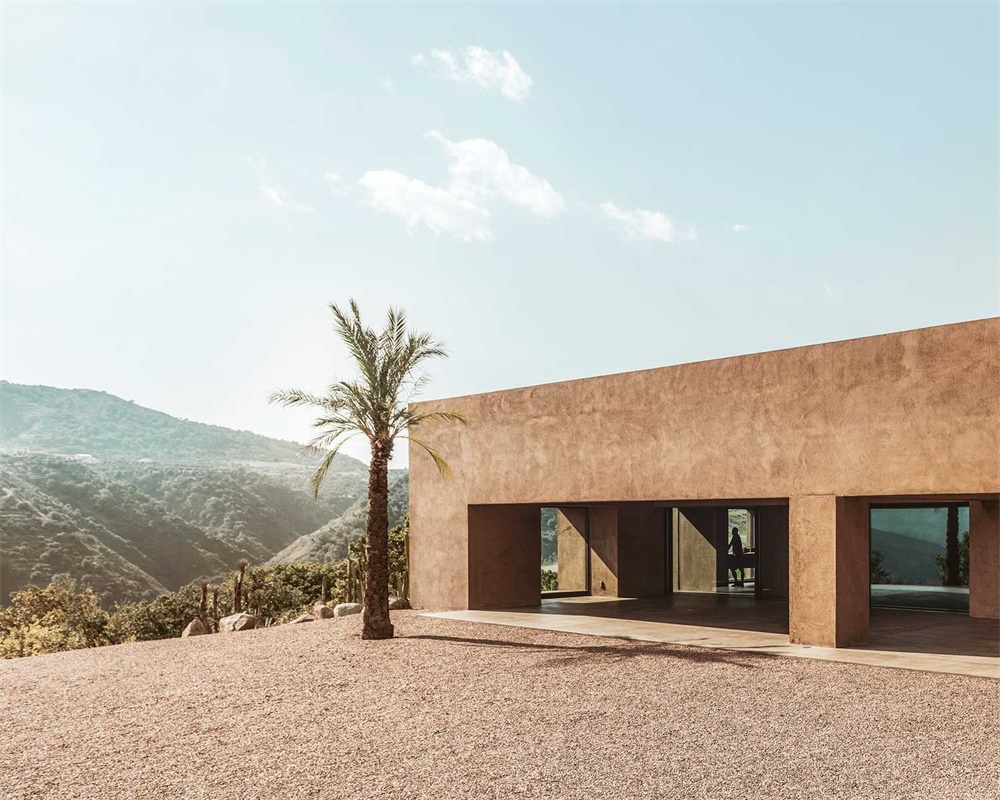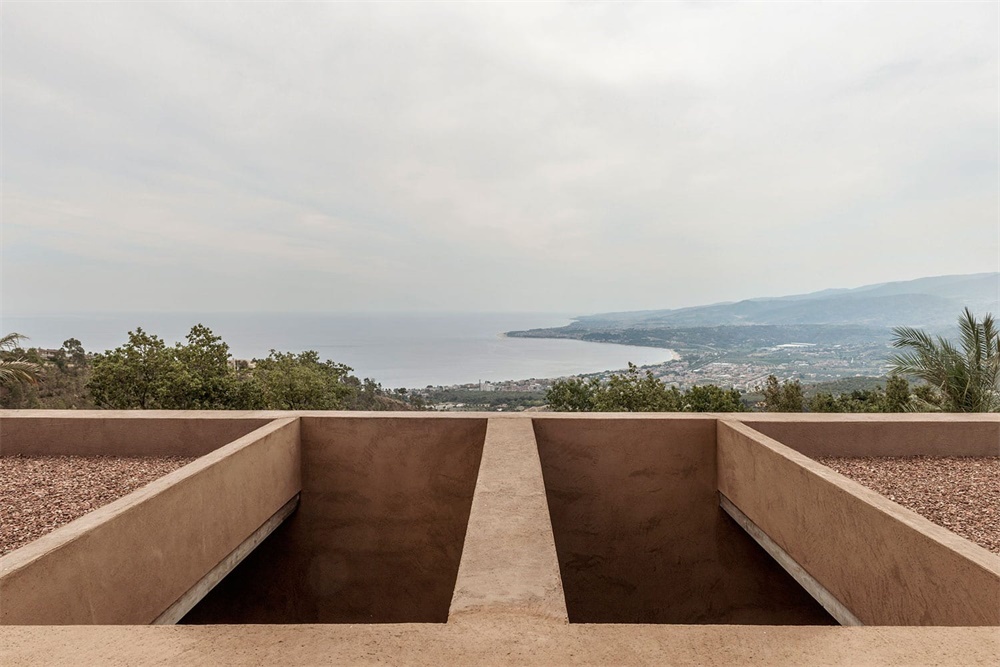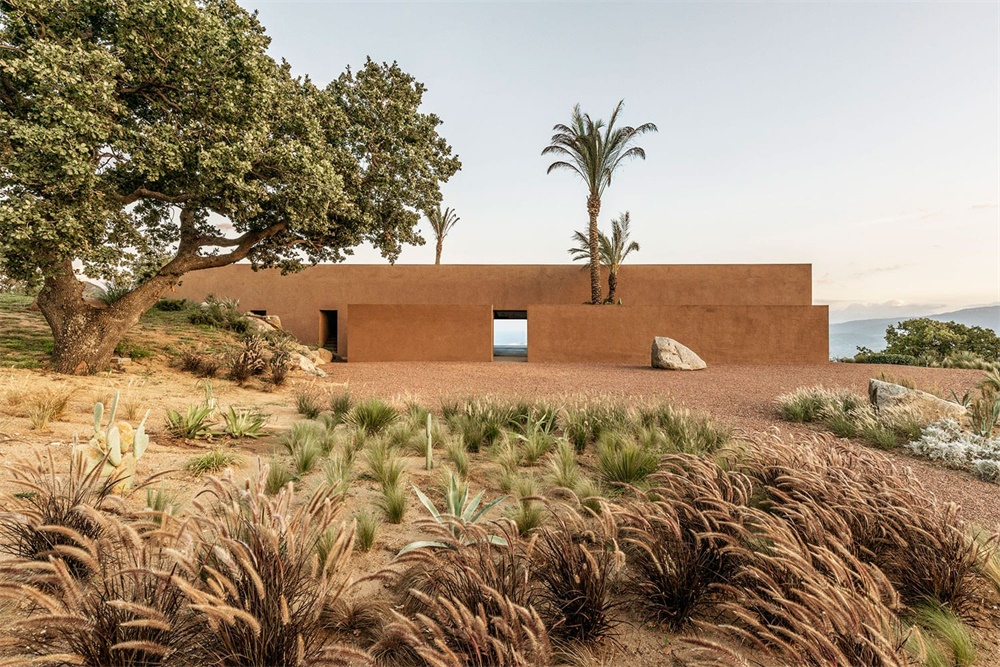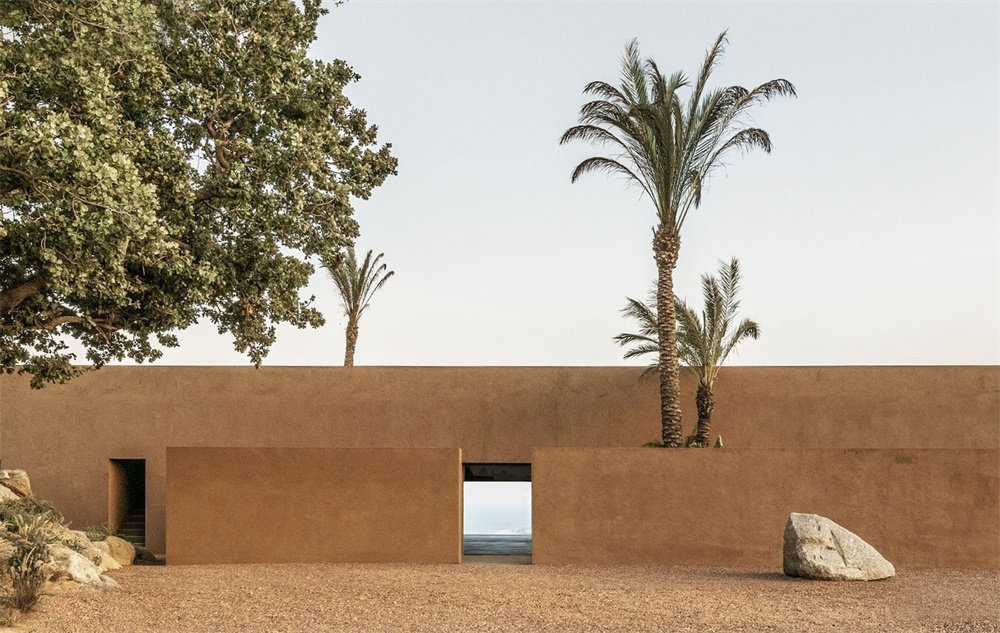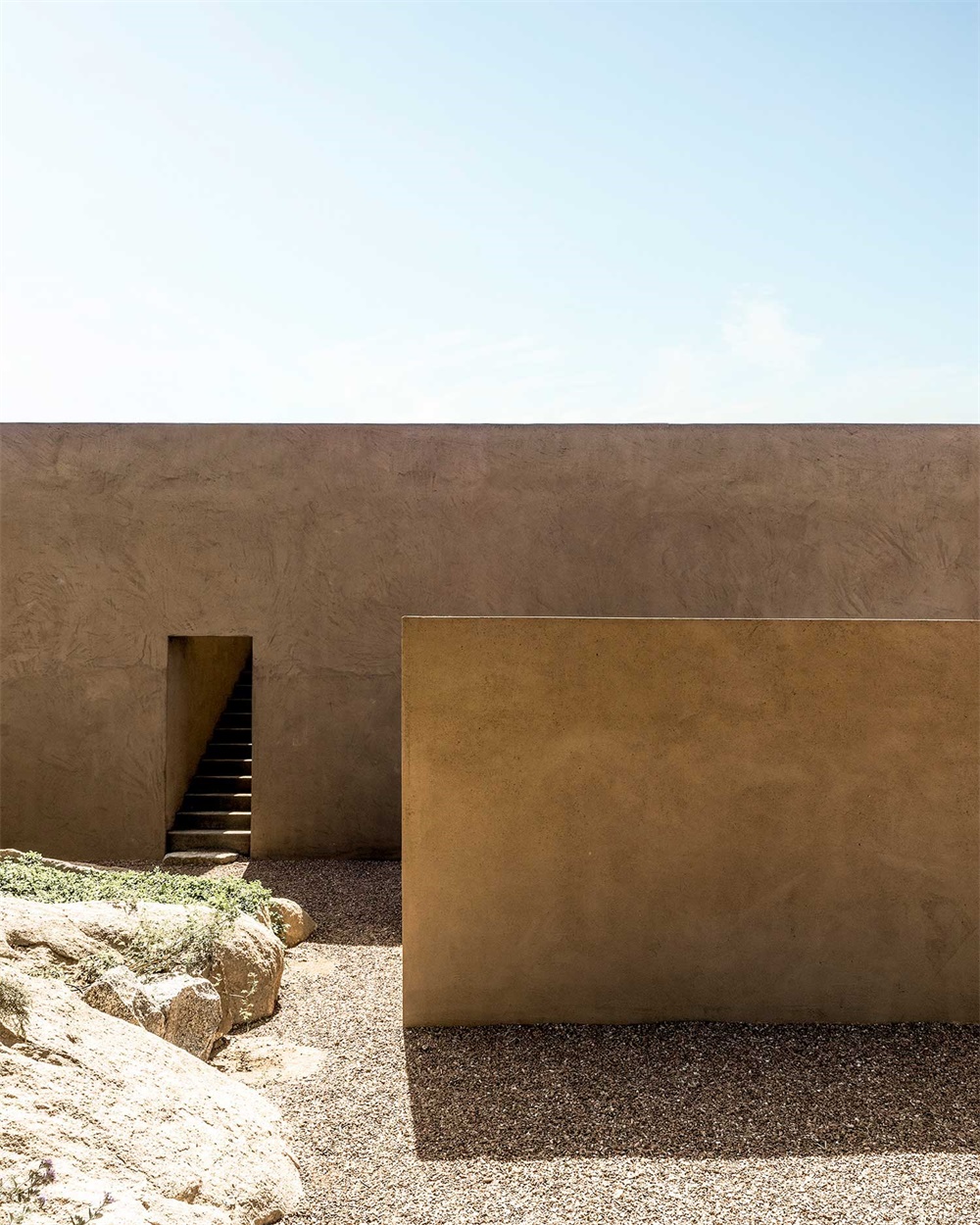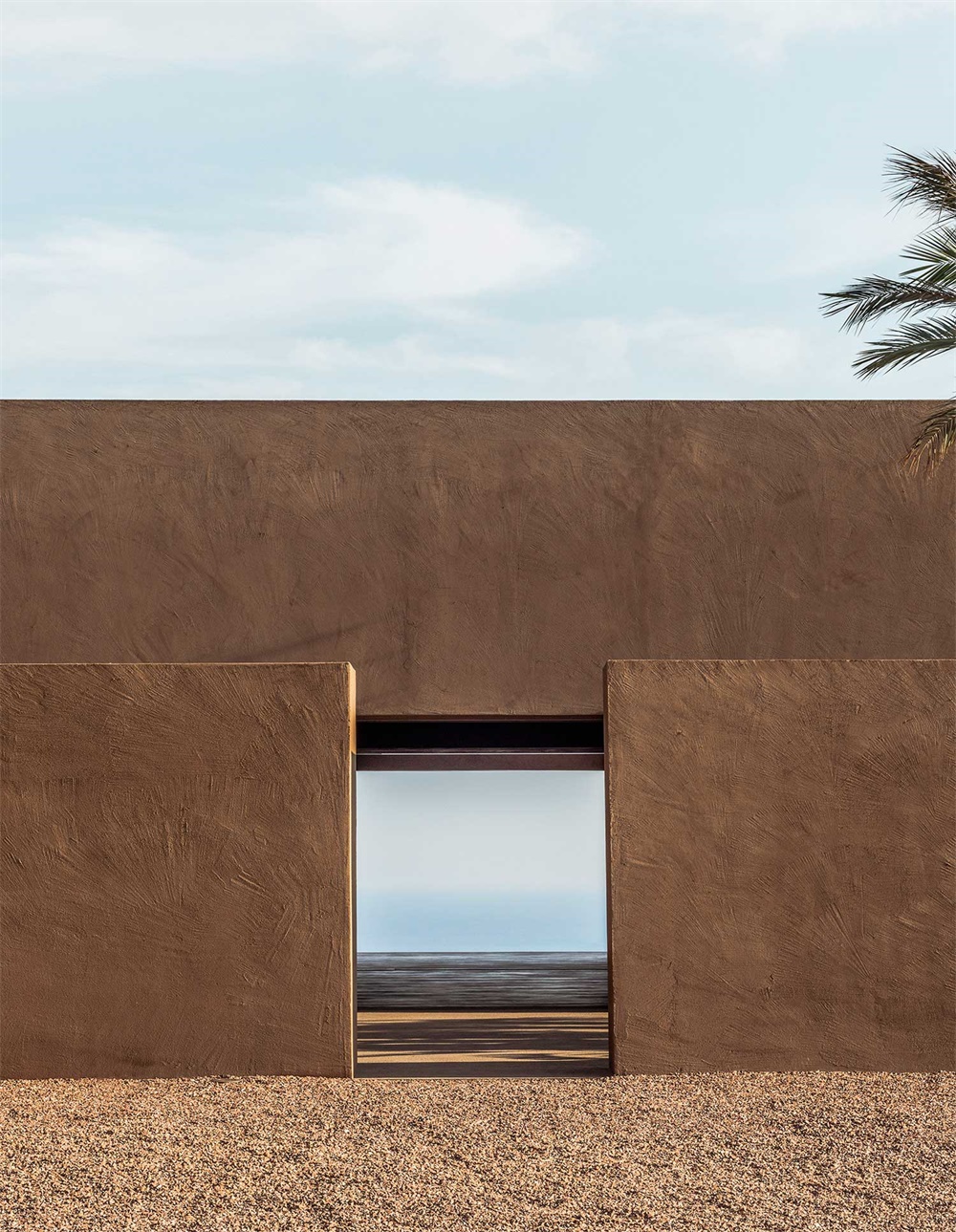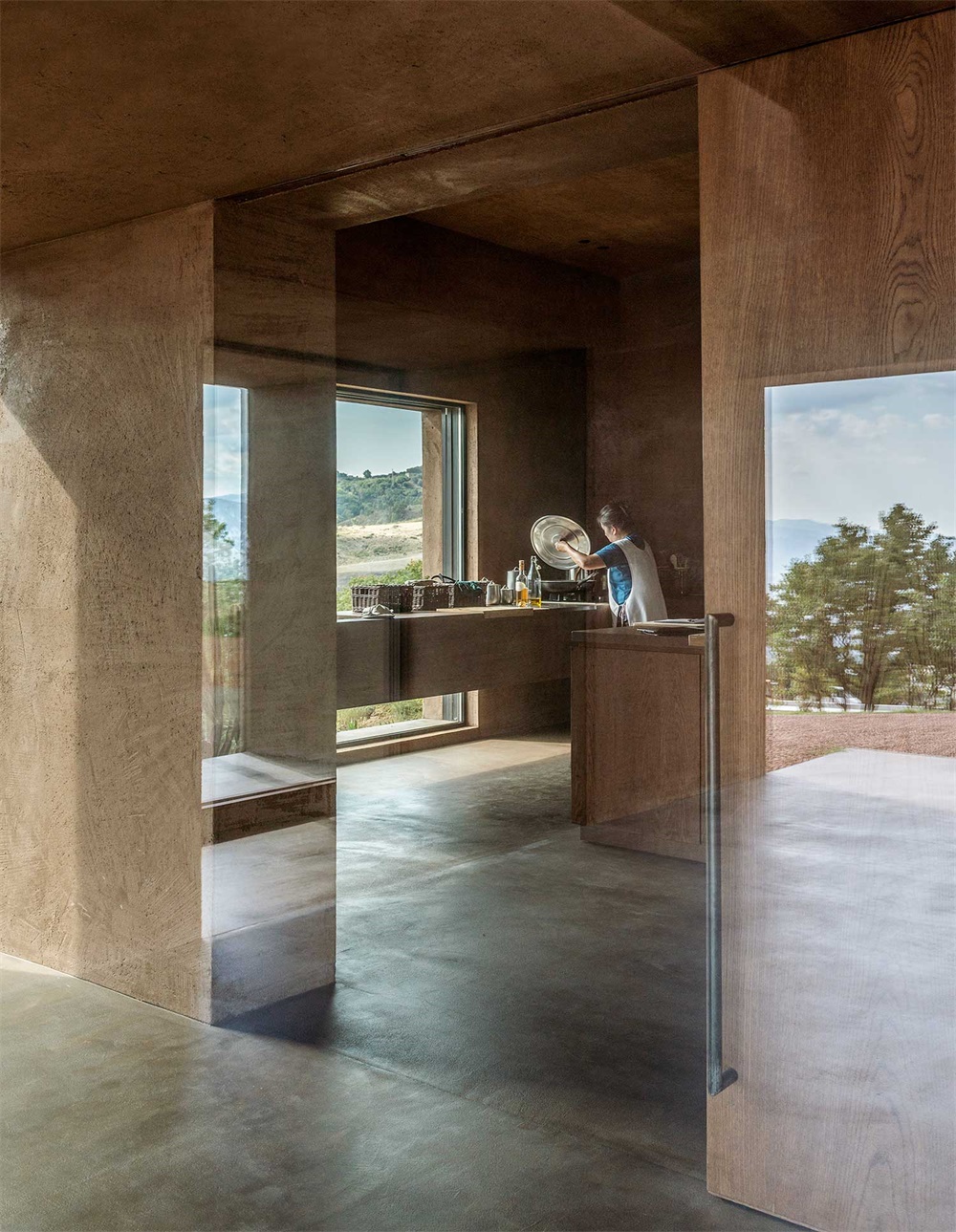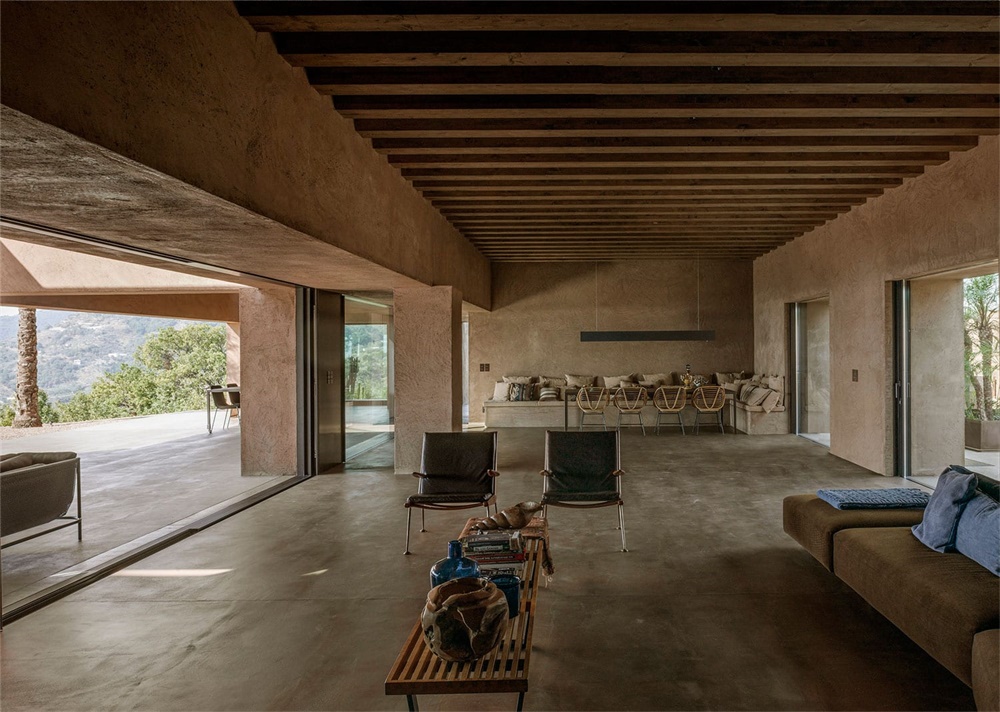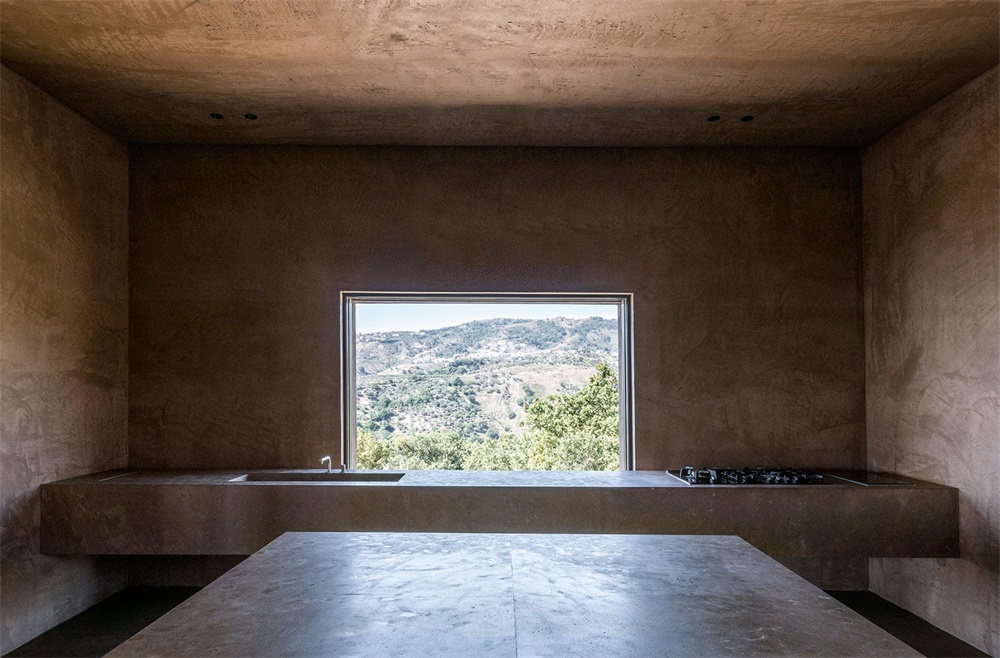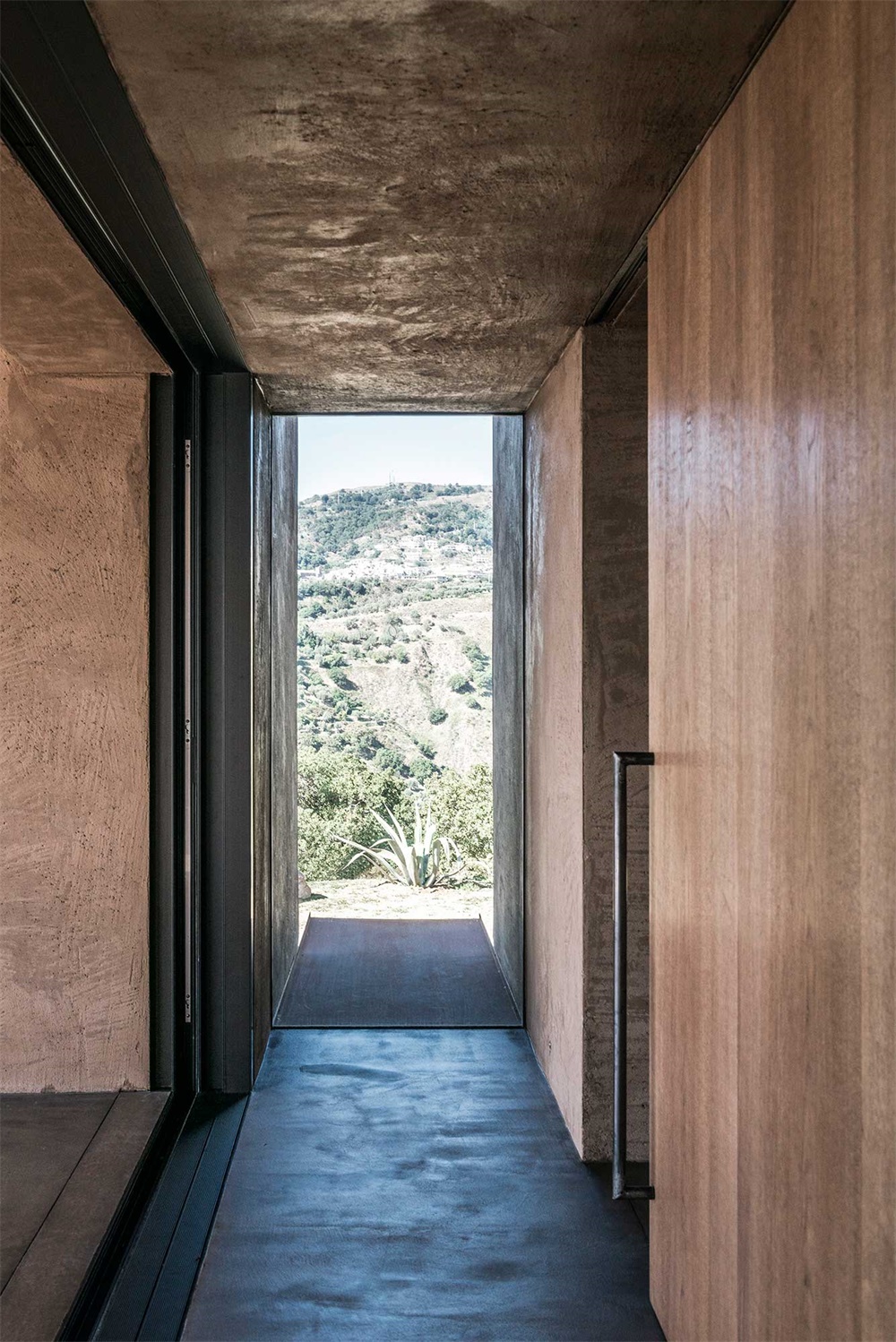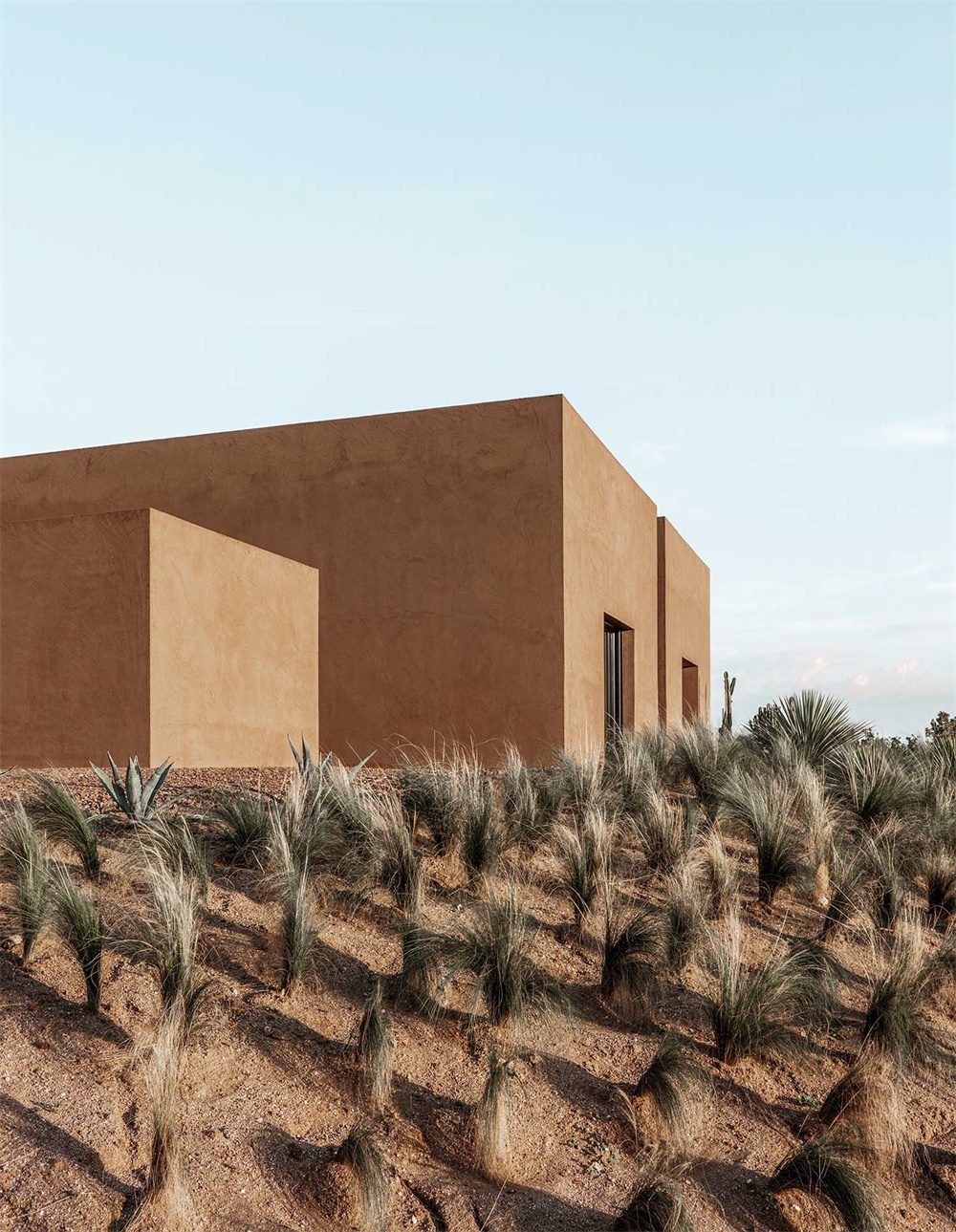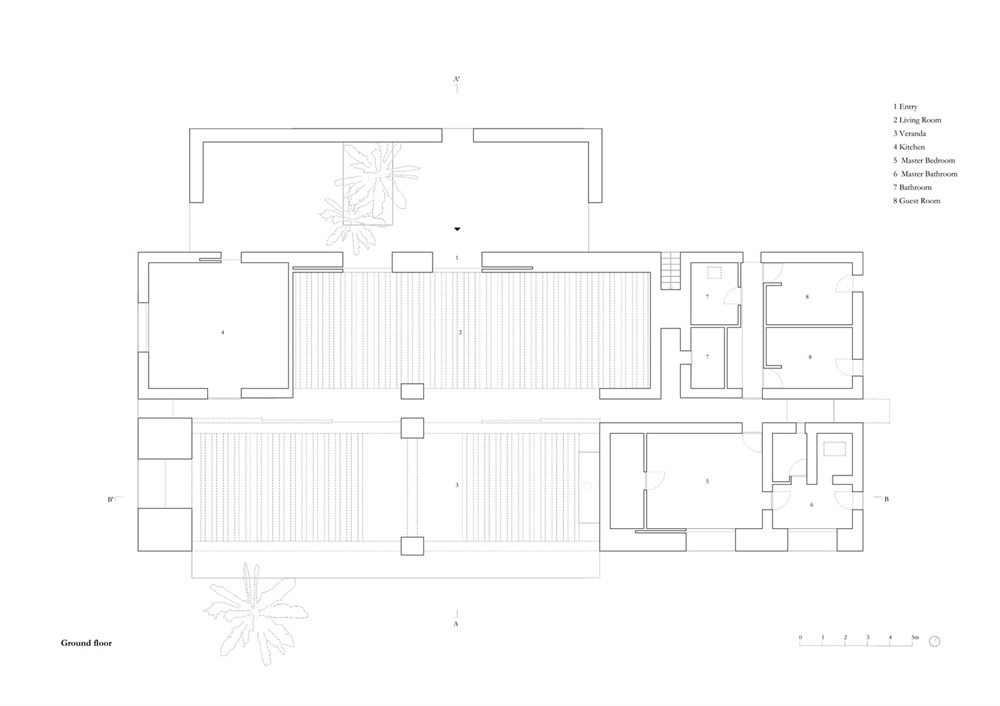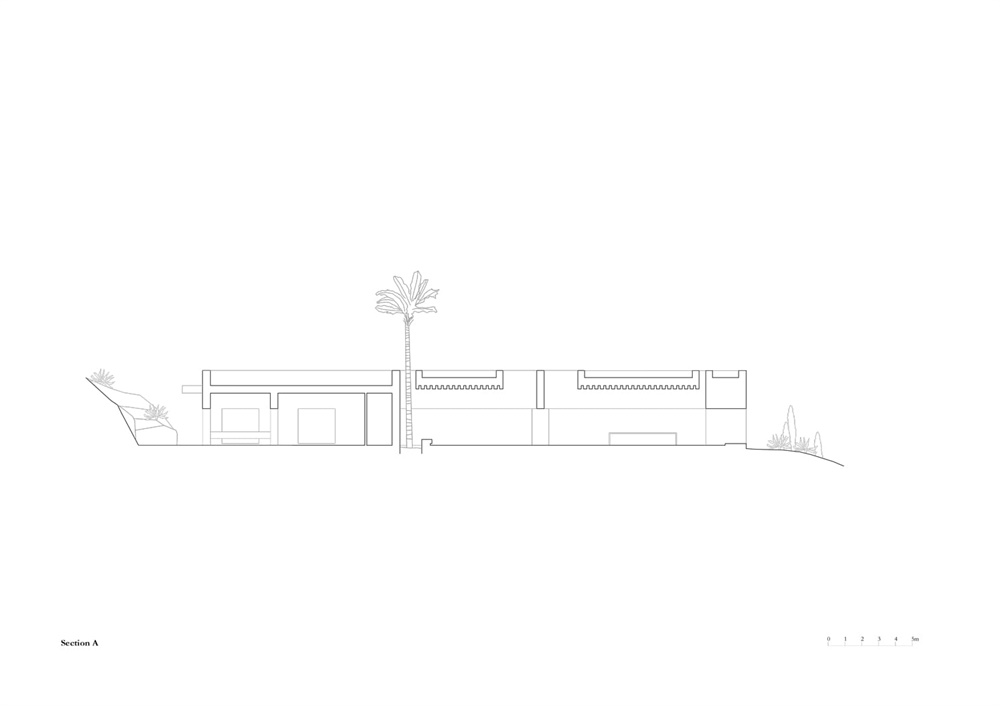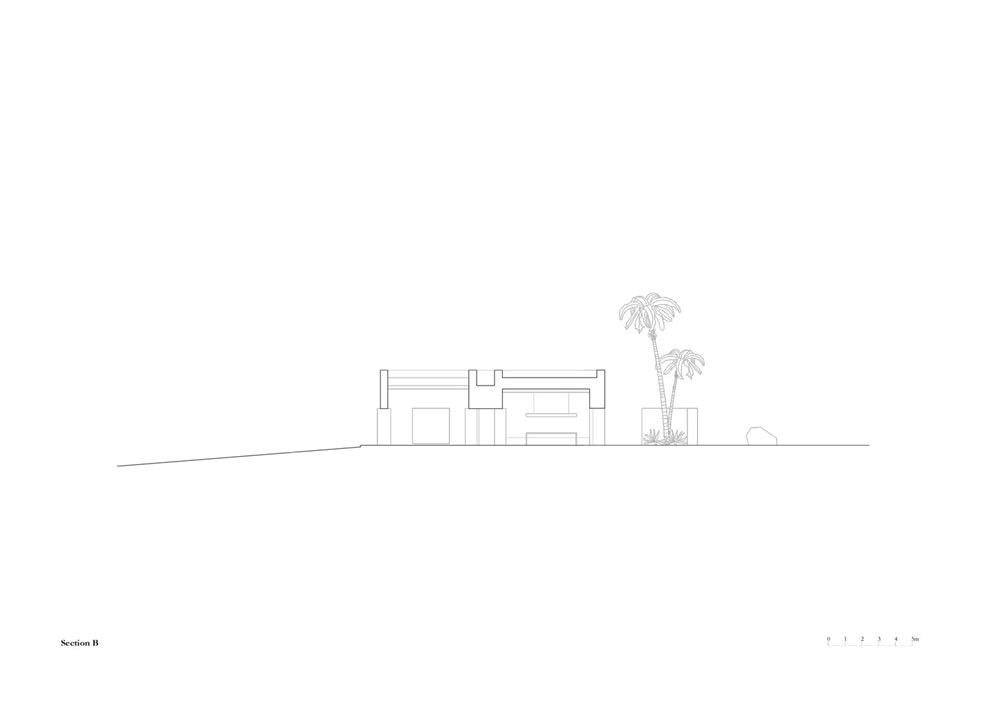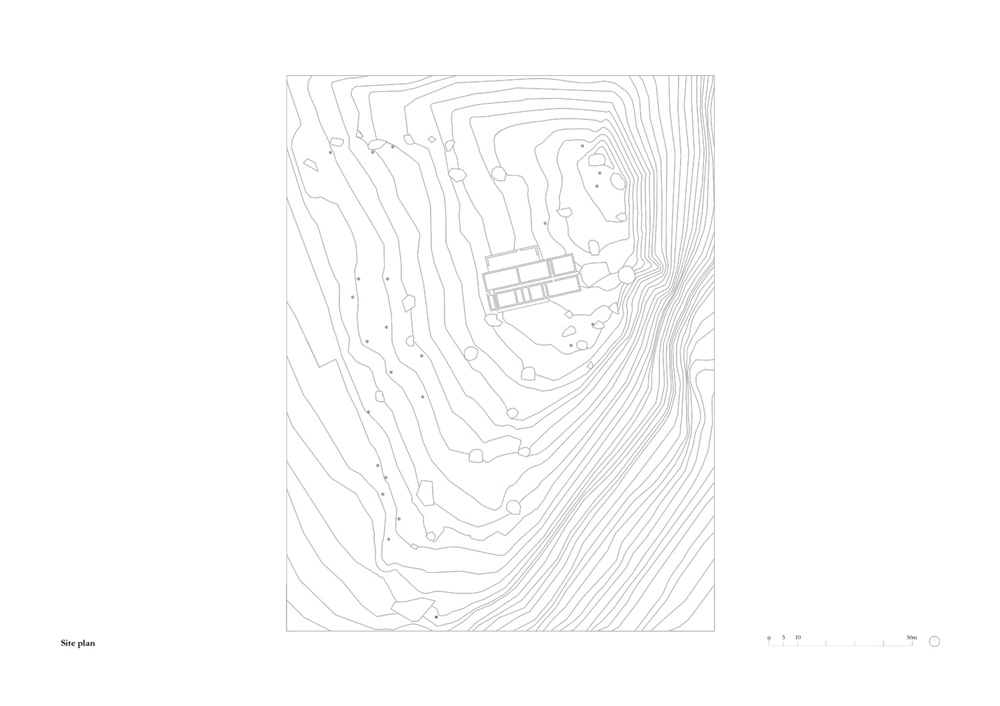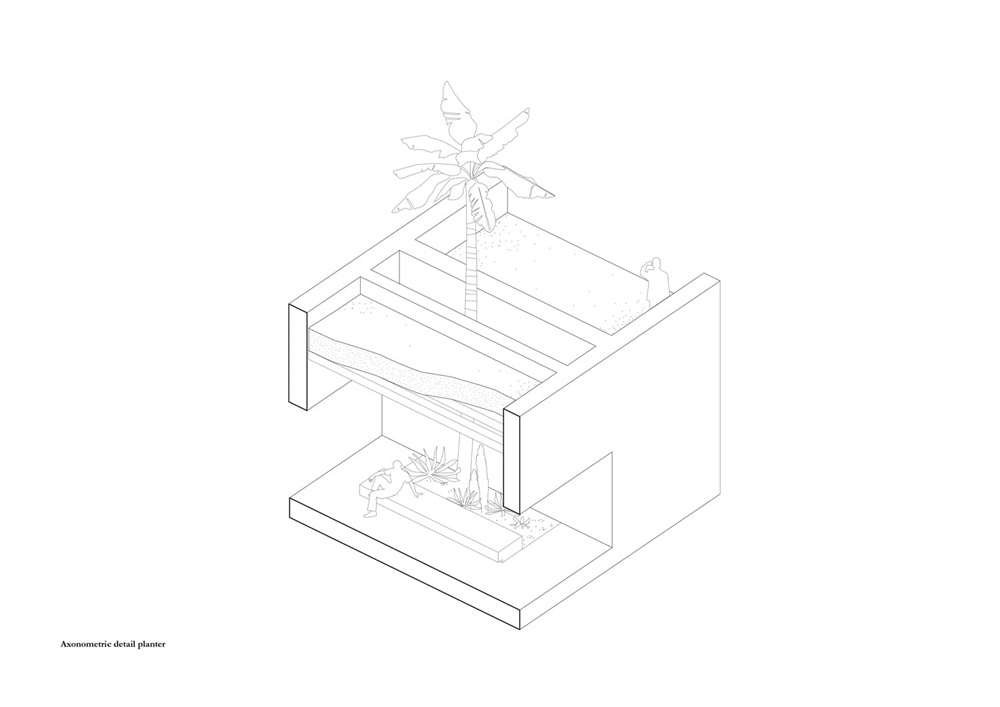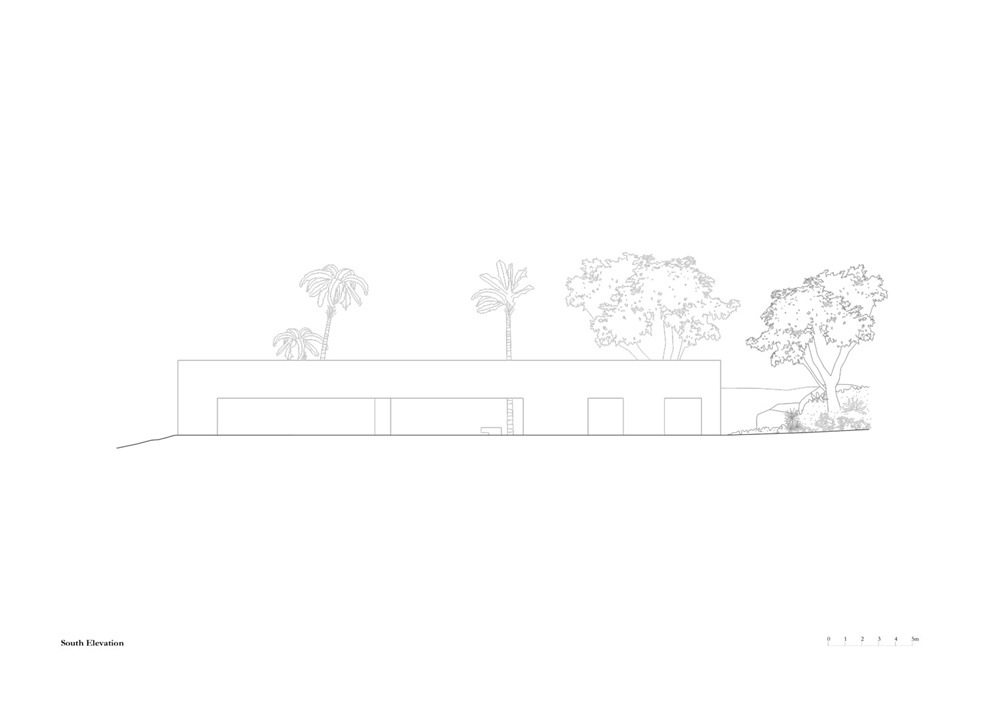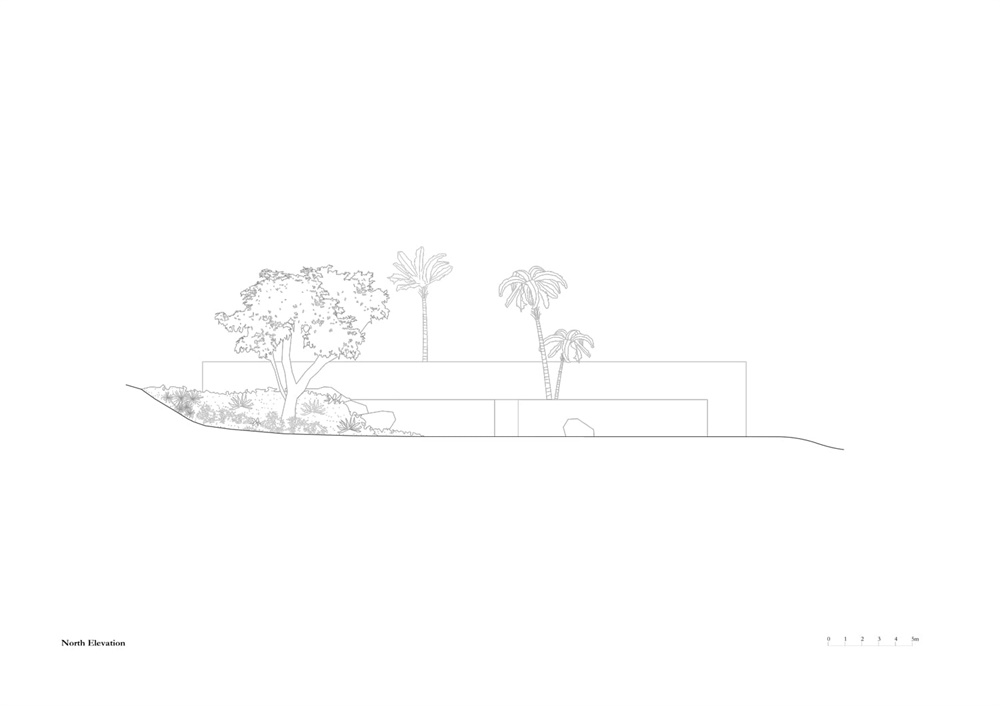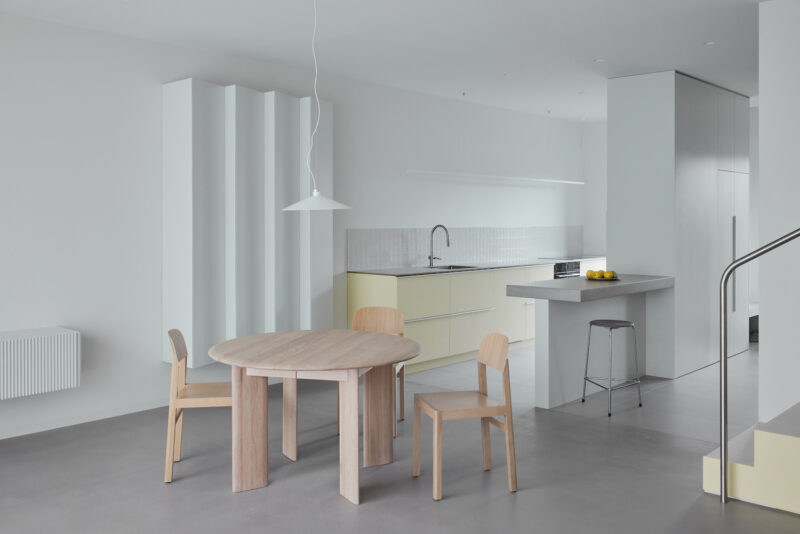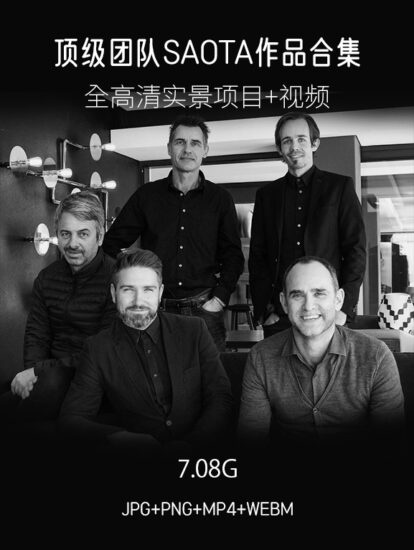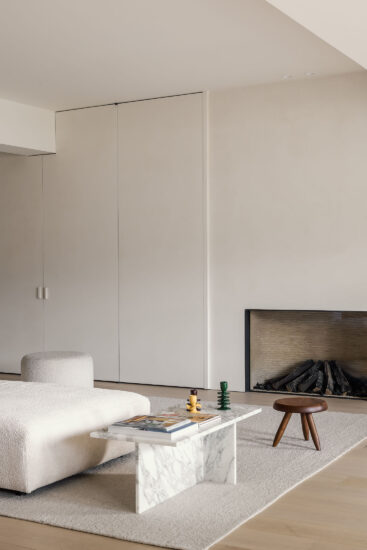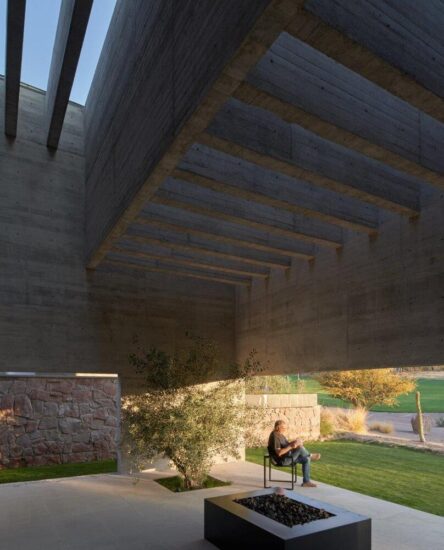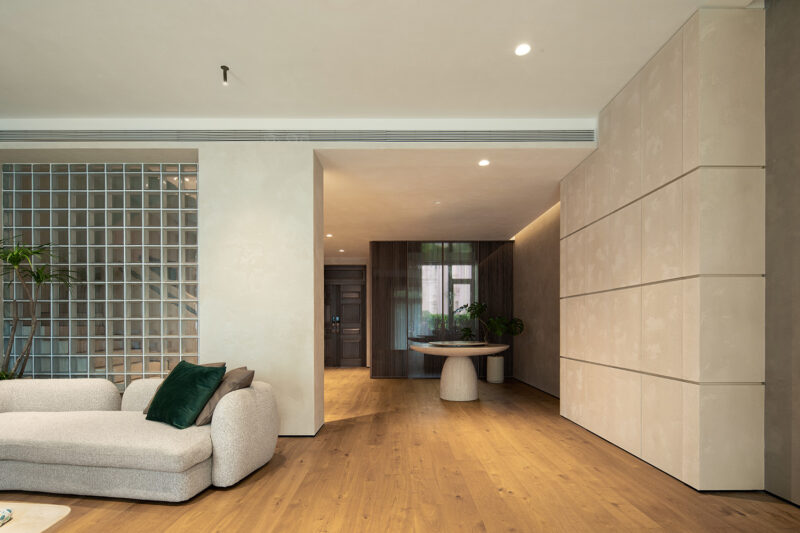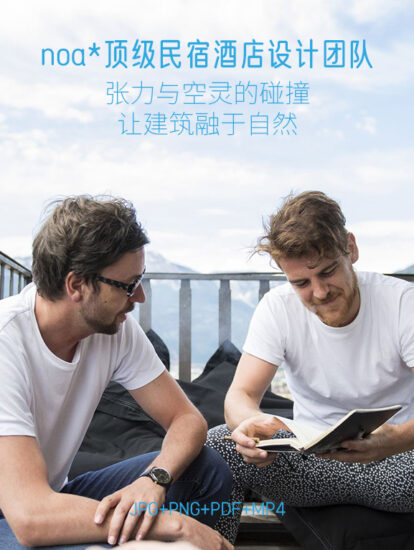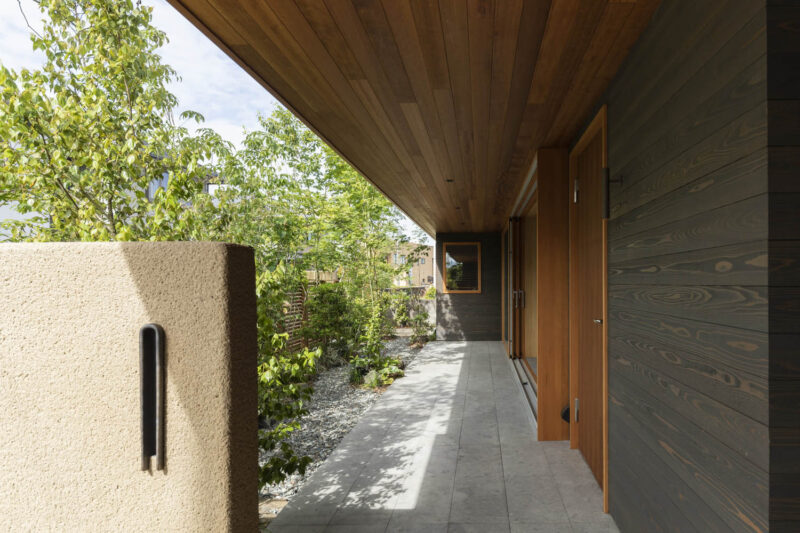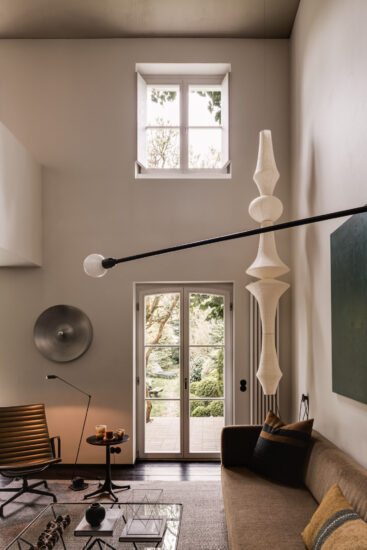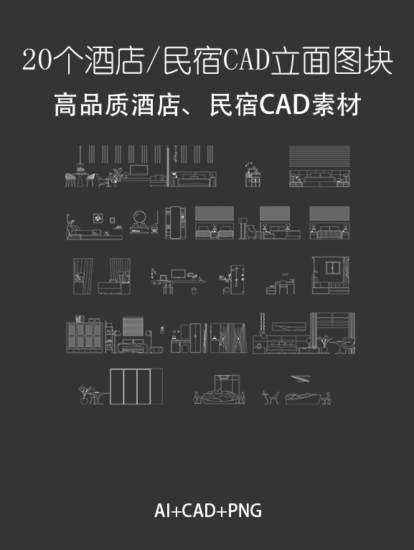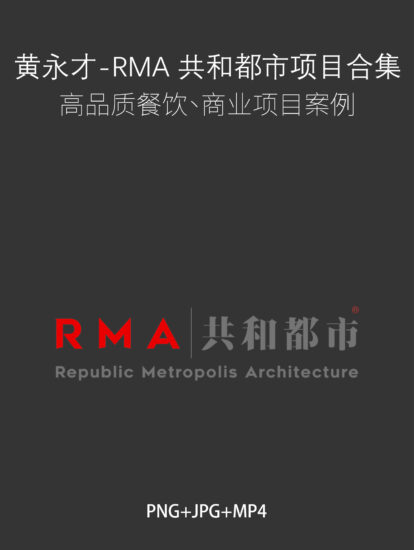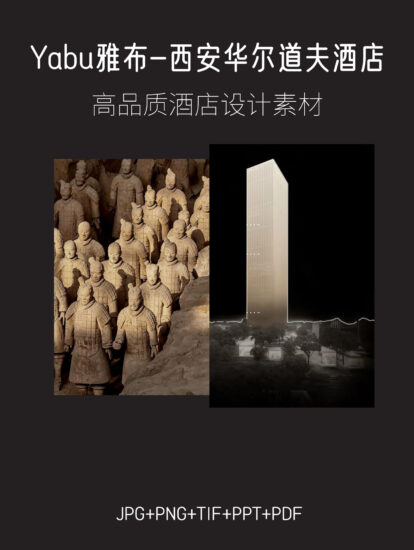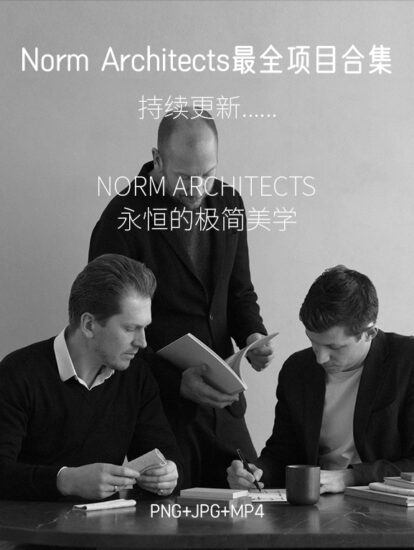MORQ建築事務所在卡拉布裏亞設計了一個傳統的避暑別墅RA。通過組合和材料,400平方米的建築在景觀和建築之間具有視覺和觸覺的連續性。這座當代的別墅在鄉村景觀中顯得與眾不同,是一個休息和相互交流的地方,從這裏可以享受他們的土地的饋贈,與自然和當地傳統相協調。卡拉布裏亞位於意大利大陸的最南端,與向海傾斜的山脈接壤。RA別墅坐落在海拔300米的多山山脊上,居住者可以俯瞰南部的大海和西部的山脈。從地麵上突出古老的花崗岩巨石與陡峭的高度作鬥爭,讓人感覺房子是固定在地麵上的。
MORQ Architecture has conceived an alternative approach to a traditional summer retreat with Villa RA in Calabria. Through composition and materiality, the 400sqm property has visual and tactile continuity between landscape and architecture. Contemporary and distinct amongst its rural landscape, the villa was imagined by the clients as a place of respite and reconnection, from which to enjoy the virtues of their land in a way that is harmonious with nature and local tradition. Calabria is located at the southernmost tip of mainland Italy, bordered by mountains that slope down toward the sea. Villa RA is set atop a mountainous ridge 300m above sea level, with inhabitants experiencing views down toward the sea in the south and mountains in the west. Combatting the sheer height, ancient granite boulders that protrude from the earth make it feel as though the house is anchored to the land.
建築師的目標是讓別墅成為整個景觀中的一部分,而不是作為一個獨立的元素。該項目借鑒了意大利別墅的傳統建築和土地的材料色調,而不是采取字麵上的方法來模仿自然環境。單色但充滿活力,RA別墅在一天中不斷變換色調,通過陰影和不斷變化的物質差別來回應陽光和環境。緊湊的結構被框架景觀的開口所打斷,MORQ將其定義為一個麵向橡樹、椰棗樹、海洋和山景的“房子”。
The architects aimed for the villa to feel ingrained as part of the landscape as a whole, rather than appear as an autonomous element. Instead of taking a literal approach in looking to mimic the natural surrounds, the project draws from the traditional architecture of the Italian villa and the material tones of the land. Monochrome yet vibrant, Villa RA changes hues throughout the day, responding to sun and context through shadows and ever changing material nuances. The compact structure is punctuated by openings that frame the landscape, with MORQ conceptualizing it as a ‘house that looks’, onto oak trees, date palms, ocean and mountain views.
有限的材料麵板突出了結構的簡單幾何形狀。室內和室外表麵都是一樣的,厚牆由Cocciopesto石膏製成,嚴格的采樣和試驗後,顏色與本地土壤相似。 除了和諧色調的石膏外,別墅通過坐落在當地碎石床上進一步接地。堅固的牆壁有助於阻擋強風,盡管大開口也有助於必要時的交叉通風。
A limited material palette highlights the simple geometry of the structure. The interior and exterior surfaces are the same, with thick walls made of Cocciopesto plaster,chromatically akin to the local soil achieved after rigorous sampling and trials. Beyond the harmonious tone of the plaster, the villa is further grounded to the site by sitting amongst a bed of crushed local stone. The solid walls help to thwart off strong winds, though large openings also facilitate cross-ventilation when required.
主要的起居區域通向門廊,這是意大利別墅的典型特征,模糊了室內外的區別。門廊屋頂上有兩個大的開口和縫隙,可以讓陰影在一整天的時間裏過濾。中央起居室通向第三個空間,包括廚房、客廳和臥室。
Beyond this, the main living area opens on to a portico, a typical feature of the Italian villas that blur the distinction between indoor and outdoor. Two large openings and slots in the portico roof allow shadows to filter throughout the day. A central living room leads through to the third space containing the kitchen, living room and bedrooms.
∇ 平麵圖
∇ 剖麵圖
∇ 總平麵圖
∇ 側軸圖
∇ 立麵圖
主要項目信息
項目名稱:RA別墅
項目位置:意大利卡拉布裏亞
項目類型:住宅空間/別墅設計
項目麵積:400平方米
完成年份:2019
設計公司:MORQ Architecture
攝影:Pep Sau


